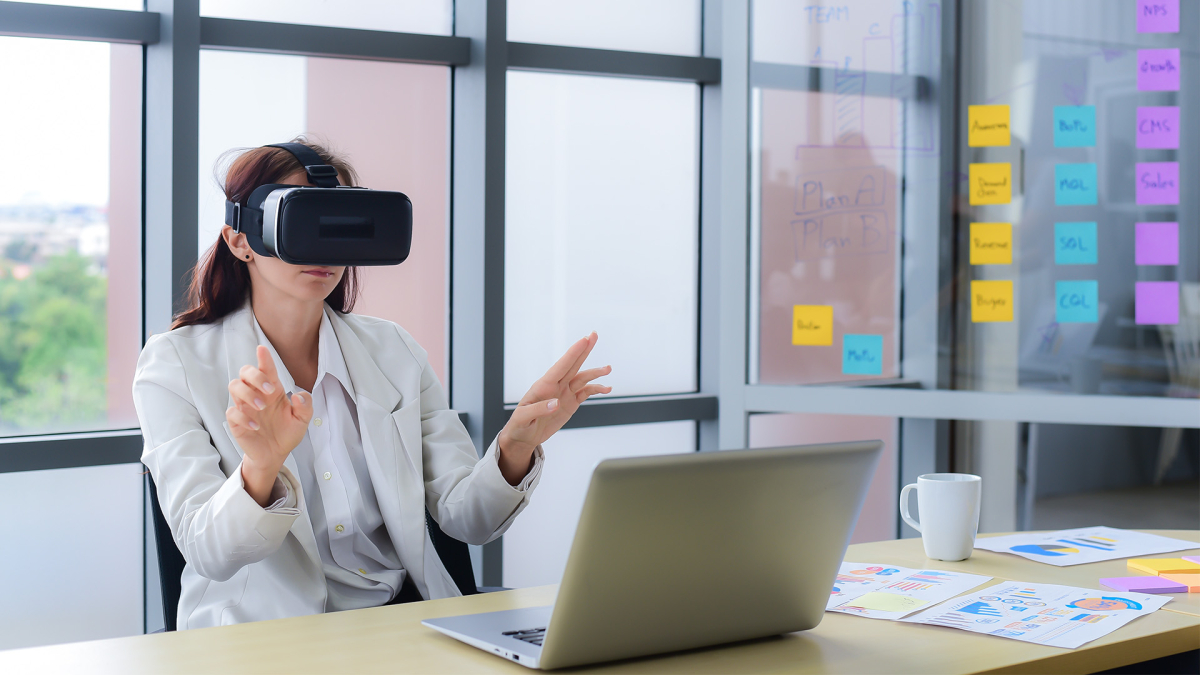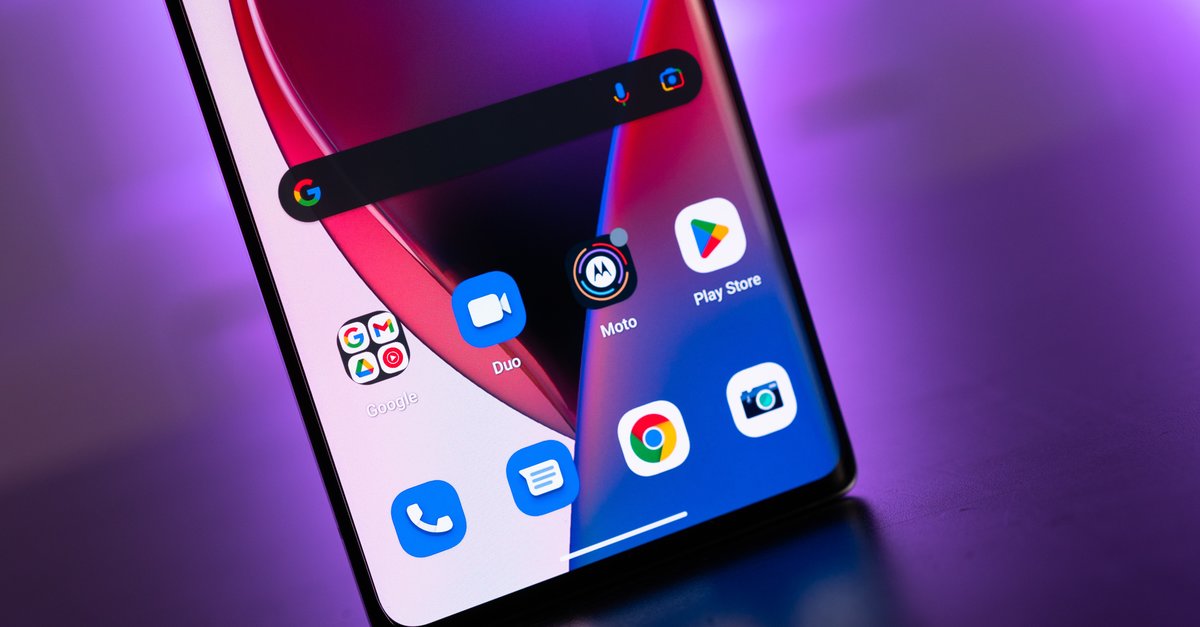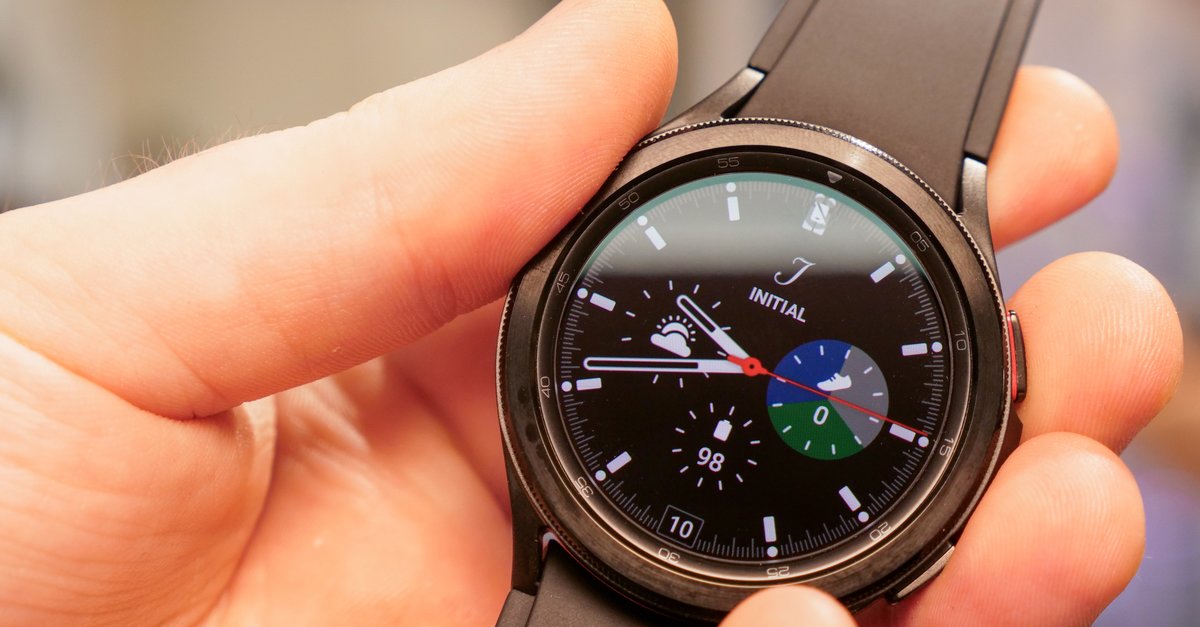This is how brands can evoke virtual emotions
In October 2022 announced Old rocker Ozzy Osbourne announced that the second edition of his music festival Ozzfest should take place via virtual reality at Metaverse Decentraland. Even before the start, music fans were puzzled as to how it should be possible to deliver a thrilling performance virtually or even trigger emotions. But this question is not only asked by music lovers who are confronted with a concert visit to the Metaverse.
Companies and brands in particular are asking themselves how they can position themselves acoustically in the metaverse and which sounds they can use to trigger specific emotions in their audience.
To create the best sound for businesses in the Metaverse, we first need to understand how it works in the real world. Even subconsciously – for example when a mobile phone rings or the warning signal of an approaching train – sound sets a strong trigger that is perceived by us more quickly and directly because we don’t have to actively think about it.
Brands use this phenomenon in a targeted manner to influence the emotions of their users, to anchor themselves in people’s memories in the long term and to become a love brand. For example, a jogging app cheers its users on when they reach a section of the route with cheering sounds to increase motivation. Meditation apps have a specially developed sound landscape that supports a time of relaxation or a deep concentration phase.
Brands also want to transport these feelings online. In the Metaverse, emotions are best conveyed like in the real world: with gripping storytelling – based on a strategically oriented, acoustic corporate identity. But this is precisely where the virtual world has a decisive advantage over its analogue counterpart: the immersion factor.
For almost 60 years now, video games have proven that users voluntarily enter an exciting digital world in order to experience something new there. Once landed in the virtual brand experience, the background noise of our environment, which often impairs the quality of interactions between brands and people, disappears.
The digital world of the Metaverse offers a new freedom for the design of sounds. Because technical limitations such as low sound quality or time limits as with TV and radio spots are completely eliminated there. This opens up new opportunities for brands.
In order to use these opportunities and build a sound identity, companies can use various building blocks. It is important that the principles of spatial audio design are observed. Because a realistic spatial sound with all its 3D effects improves the experience of the users of the Metaverse. A discrepancy, in contrast, breaks the immersion factor.
The first building block for a brand that is represented by sound is the sound logo. It is the core element of a brand sound and condenses the brand story of a brand in a very short time. It emotionalizes, creates auditory recognition and can thus represent the identity of a brand.
Although the sound logo is less important in the metaverse than in the real world, it remains a central component of sonic branding online: A modern sound logo should be designed in a modular way so that it can have an effect on the different channels of a brand.
Nothing conveys emotions and moods as clearly and effectively as music. An appealing and varied selection of tracks can hold users’ attention and encourage them to spend more time in the brand’s virtual environment.
The key feature of brand music is continuity. In order to achieve increased engagement through these, a brand needs a flexible selection of songs and genres.
A brand voice is the most human element within an acoustic brand communication. But even in a purely digital world, it is one of the most important building blocks of sonic branding.
Because a voice gives companies a personality that users can trust and build a relationship with. Don’t we all think about our interiors when we hear the voice of the Ikea ad?
Virtual worlds also provide the perfect stage for synthesized voices. Conversations with users can be made even more immersive and realistic. AI technologies such as Vall-E and ChatGPT also provide the basis for this.
The acoustic customer experience also refers to areas that go beyond classic branding. For notifications and feedback on products or interfaces, brands need a soundset to imitate the tactile properties of products in virtual space.
Such a detailed brand experience can help to create a positive overall experience for users and thus increase their satisfaction and loyalty.
The last major building block for a tonal emotionalization of companies in the metaverse is branded entertainment and describes a cooperation between brands and artists.
Whether it’s spontaneous live events, collaborations like Mercedes and The Weekend or exclusive virtual concerts in the Metaverse, branded entertainment can help purely acoustic formats such as podcasts and digital brand worlds to generate strong emotions and make companies aware of users anchor.
The same rules apply in the Metaverse as in any (other) digital medium. In order to generate emotions through sound in virtual space, companies can use a few tricks and building blocks from the analogue world.
But the Metaverse also promises new opportunities and freedoms that the analog world cannot offer. Now it’s up to advertisers to dare to use this new freedom and conquer the virtual playing field with exciting content. Inform and entertain at the same time.
Incidentally, the digital concert by Ozzy Osbourne was more popular with fans and the media due to poorly animated avatars and dusty audio recordings less well at. So that the Metaverse appearance of brands is not as disappointing as the second edition of the music festival, they have to exchange ideas with their users on an equal footing and create unique experiences. Music, sound and voice are exactly the right tools for this.



